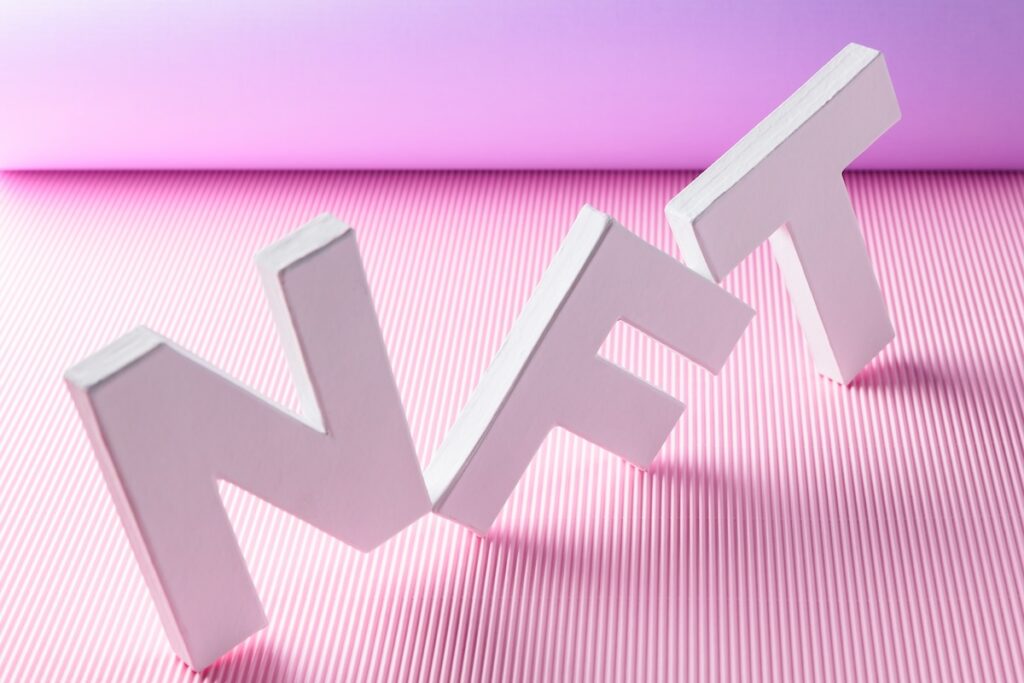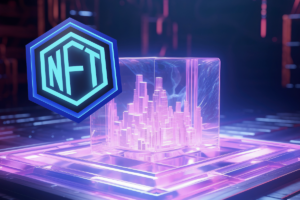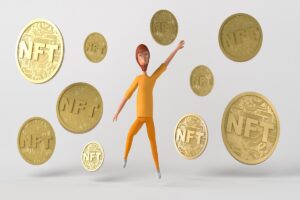For many years, avid gamers have been spending a lot of time and money on acquiring in-game items and various avatars. However, they were not able to really own these assets. Traditional gaming platforms only allow players to have access to the assets and this privilege could be revoked arbitrarily by game developers at any time they wanted.
In order to improve the user experience, blockchain gaming has aimed to drastically change the rules in the game players’ favor. By leveraging blockchain or distributed ledger technology (DLT), game developers are able to effectively integrate in-game assets with Ethereum (ETH) or another smart contract-enabled platform such as Binance Smart Chain (BSC).
With cross-chain bridges such as deBridge, players are able to truly own and transfer in-game assets to other blockchains or gaming platforms. Users can also trade their assets across platforms in a quick and intuitive manner.
As explained by its developers, deBridge is built specifically for supporting blockchain or DLT token economies and the proper management of virtual assets. App developers may use deBridge to allow their users to take part in community-led economies that reward creativity, collaboration, and skill.
As noted on its official website, software programmers can scale up their protocol or choose to build directly on top of deBridge. They can interconnect components of their protocol by allowing for the seamless exchange of arbitrary information for smart contracts between multiple blockchain networks.
Improving User Experience via Seamless Integrations
With deBridge, it’s also possible to get convenient access to cross-chain liquidity. As explained by the developers, liquidity fragmentation could become a problem of the past with this decentralized protocol. With deBridge, the liquidity in different blockchain or DLT ecosystems is quite accessible. Any smart contract and their users may interact with a protocol directly from other blockchain networks, the deBridge team explained.
In addition to these features, it’s now possible to integrate easily with existing platforms including highly-performant gaming apps. As mentioned on the platform’s website, the integration of deBridge into existing apps is meant to improve the user experience. With these features, users do not have to manually switch networks in their digital or in-game wallets since the transaction gets signed in one blockchain and then automatically executed by keepers on another blockchain or DLT network.
Ability to Buy/Sell In-Game Assets at NFT Marketplaces Directly from Game Interfaces
With the deBridge protocol, users can take advantage of the cross-chain interoperability for non-fungible tokens (NFTs) and Metaverses. This protocol lets you bridge your NFTs between blockchains. You can also buy and sell in-game assets at different NFT marketplaces directly from user-friendly game interfaces.
In addition, you can make your assets truly interoperable between Metaverses. There are also options to create innovative cross-chain apps and features for NFTs and crypto-assets. With the rise of Web 3.0, many more Internet users may become more avid gamers. There are many more reasons for people to get involved in the blockchain-based gaming space than ever before. For example, many DLT platforms have adopted the play-to-earn gaming model which allows gamers to earn valuable digital tokens while engaging in interactive gameplay.
This approach should really help the tokenized gaming economy to take off, because players are incentivized to play by earning monetary rewards. However, players should also have the ability to truly own their game assets. It’s not enough to merely have access to in-game virtual assets. In a decentralized and permissionless ecosystem, players should always be able to retain full control of their digital property.
In addition to maintaining control over their game assets, clients may utilize the deBridge protocol to seamlessly swap various tokens and exchange information across multiple blockchain networks. As noted by its developers, deBridge aims to serve as the decentralized standard for enabling blockchain interoperability.
As we progress into an all-digital global economy, the multi-billion dollar gaming industry is ideally positioned to become more advanced by leveraging emerging technologies such as AI, blockchain, and Big Data. This technology is designed to empower the consumers and not the platforms. With this ongoing digital transformation, projects like deBridge should help to give more control to end-users and allow them to retain control and maintain true ownership of their valuable game assets.
Author
-

Immersive tech enthusiast, diving into the NFT currents reshaping the Metaverse.




